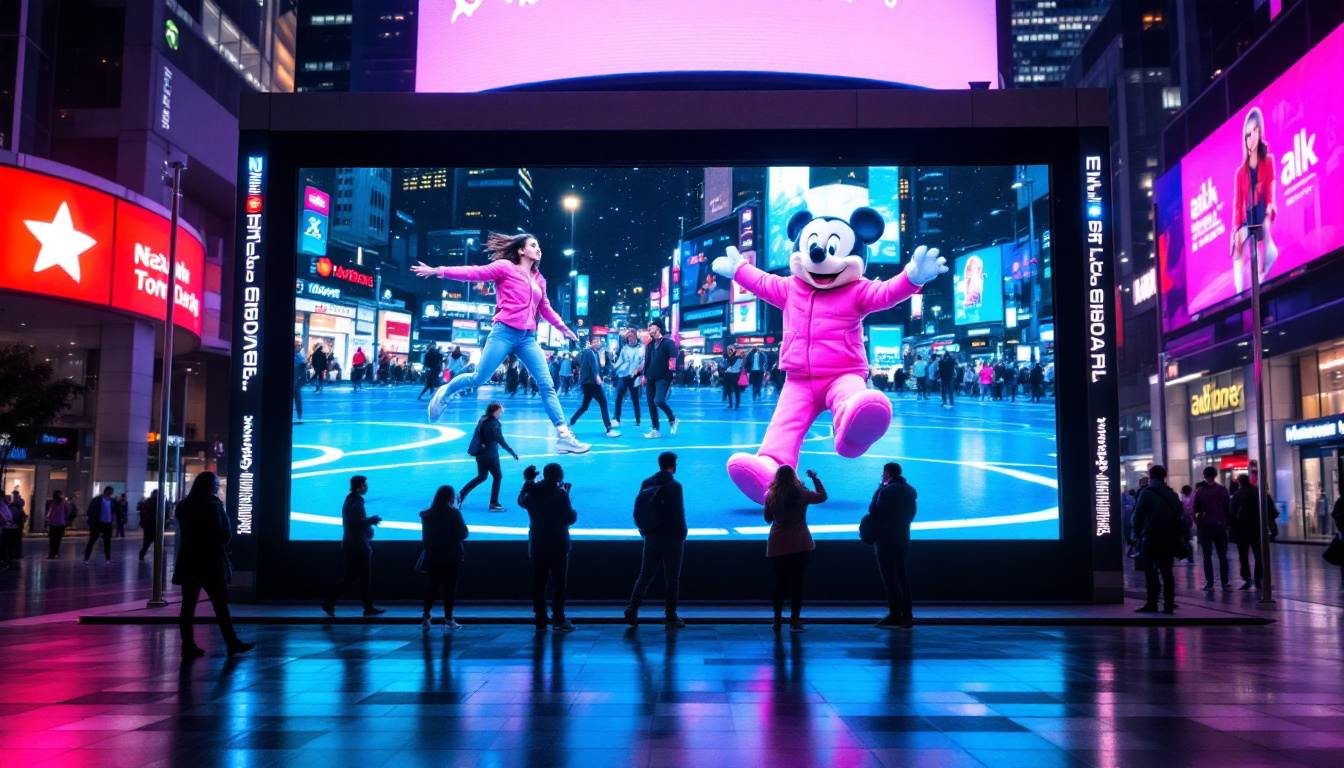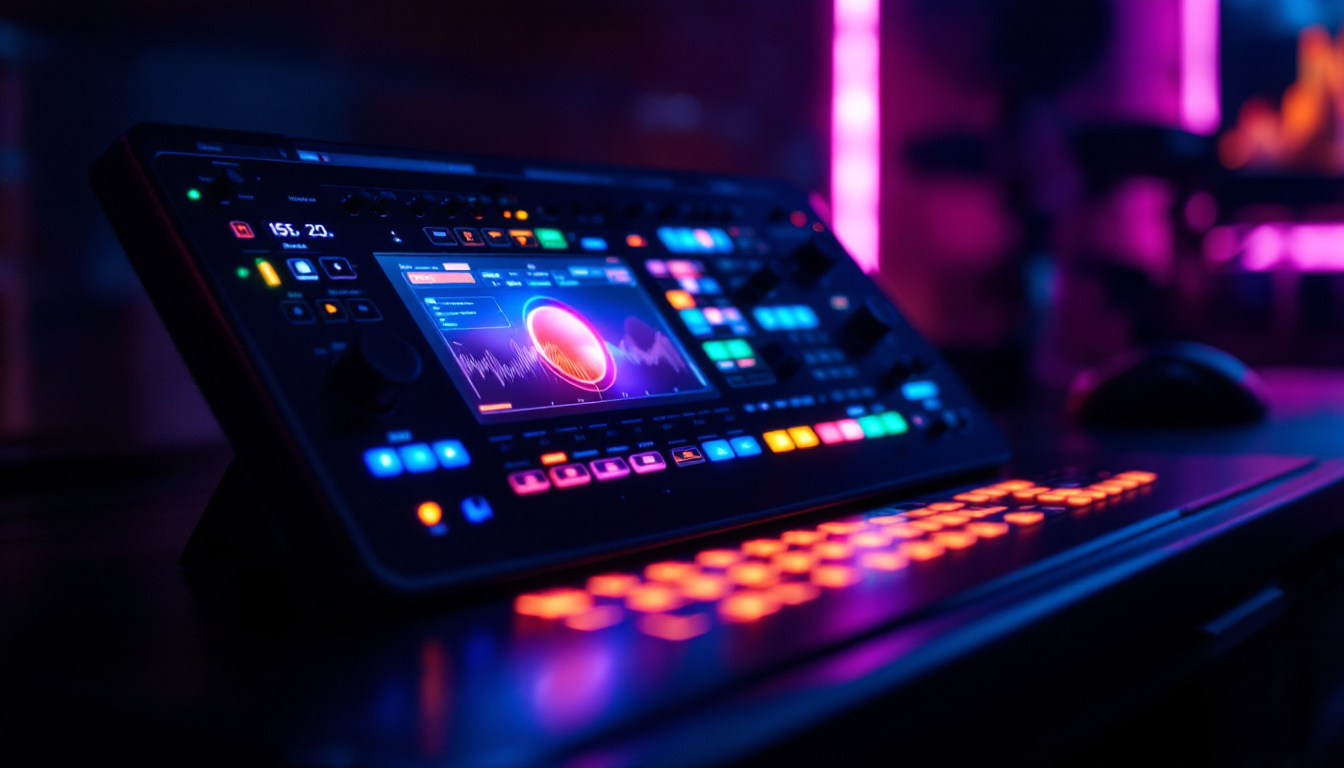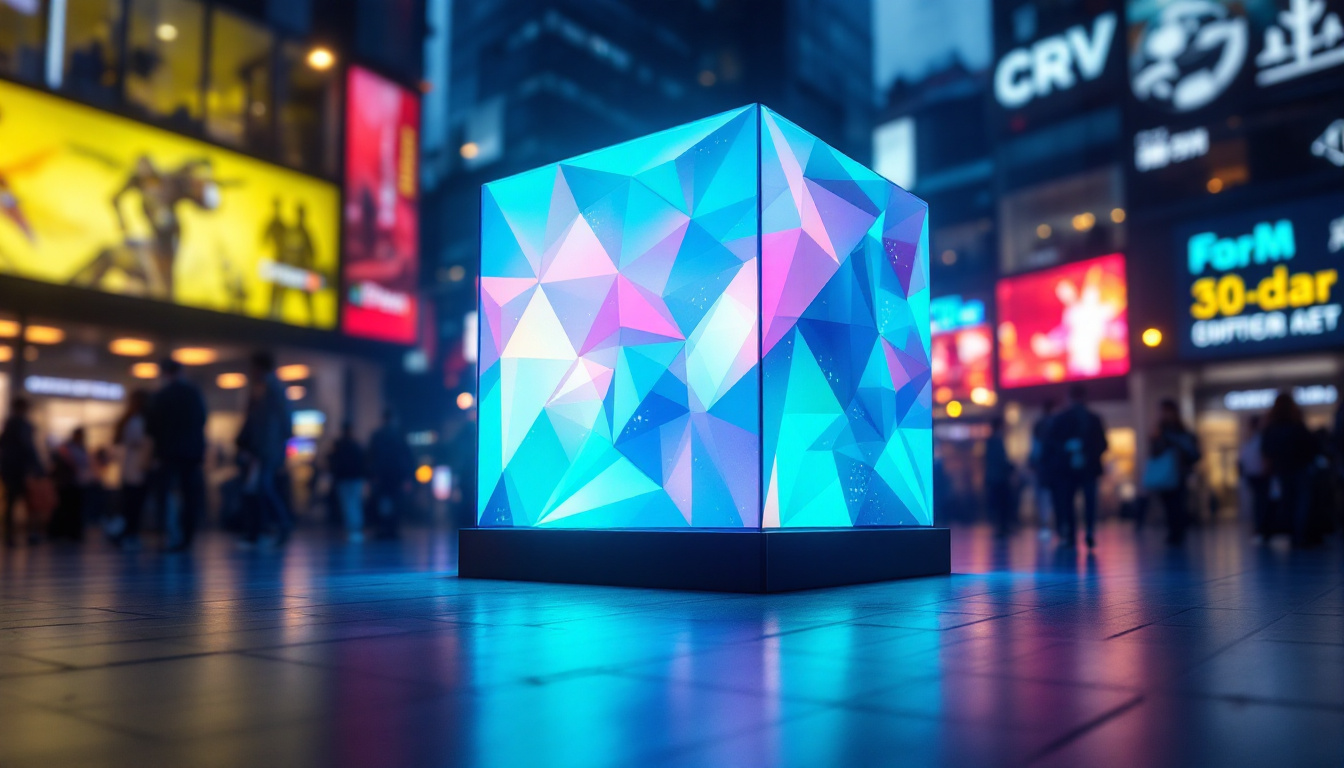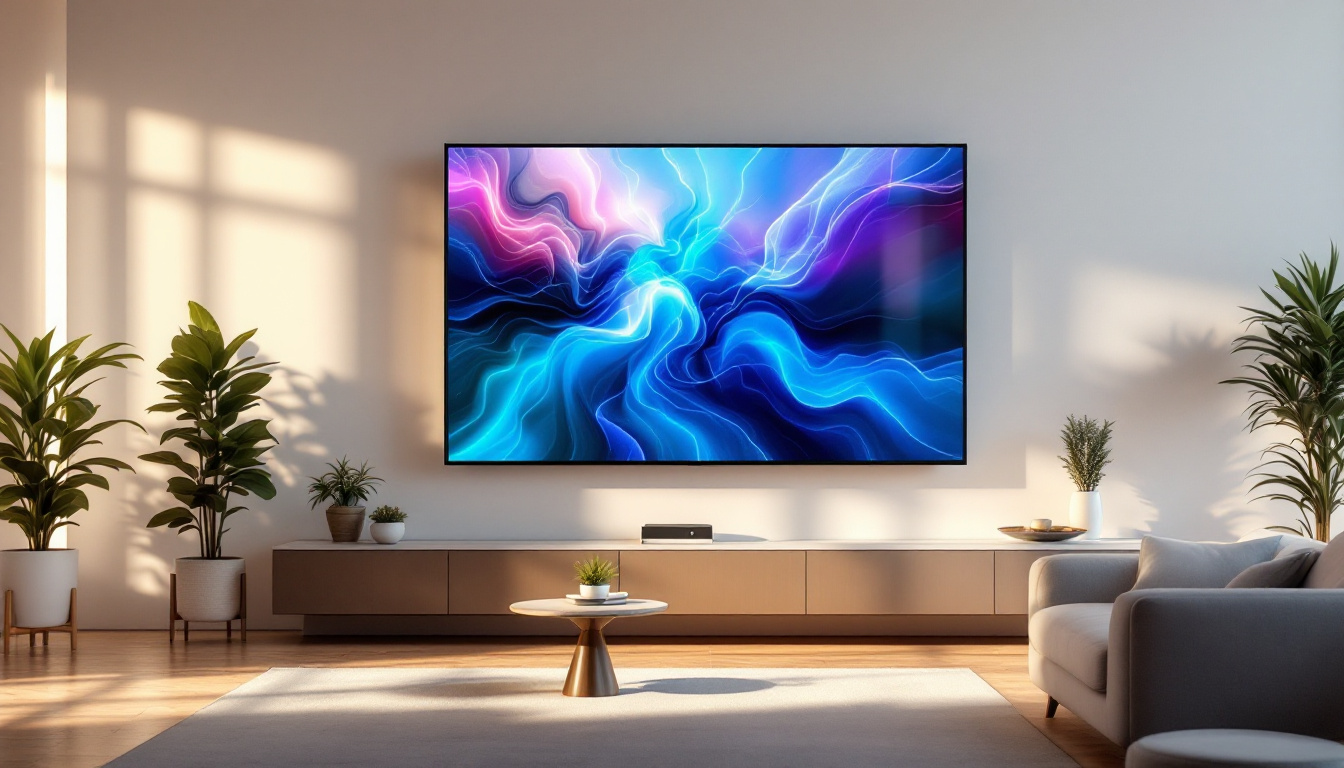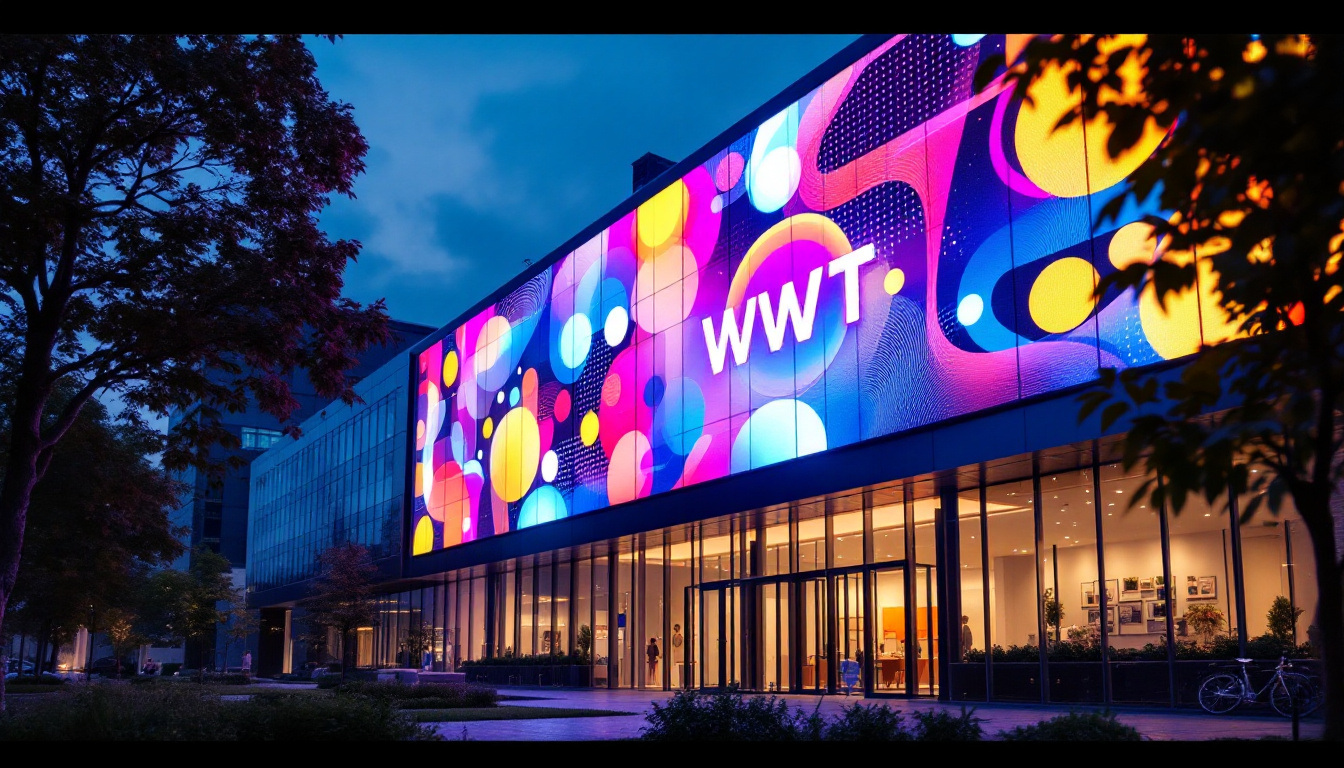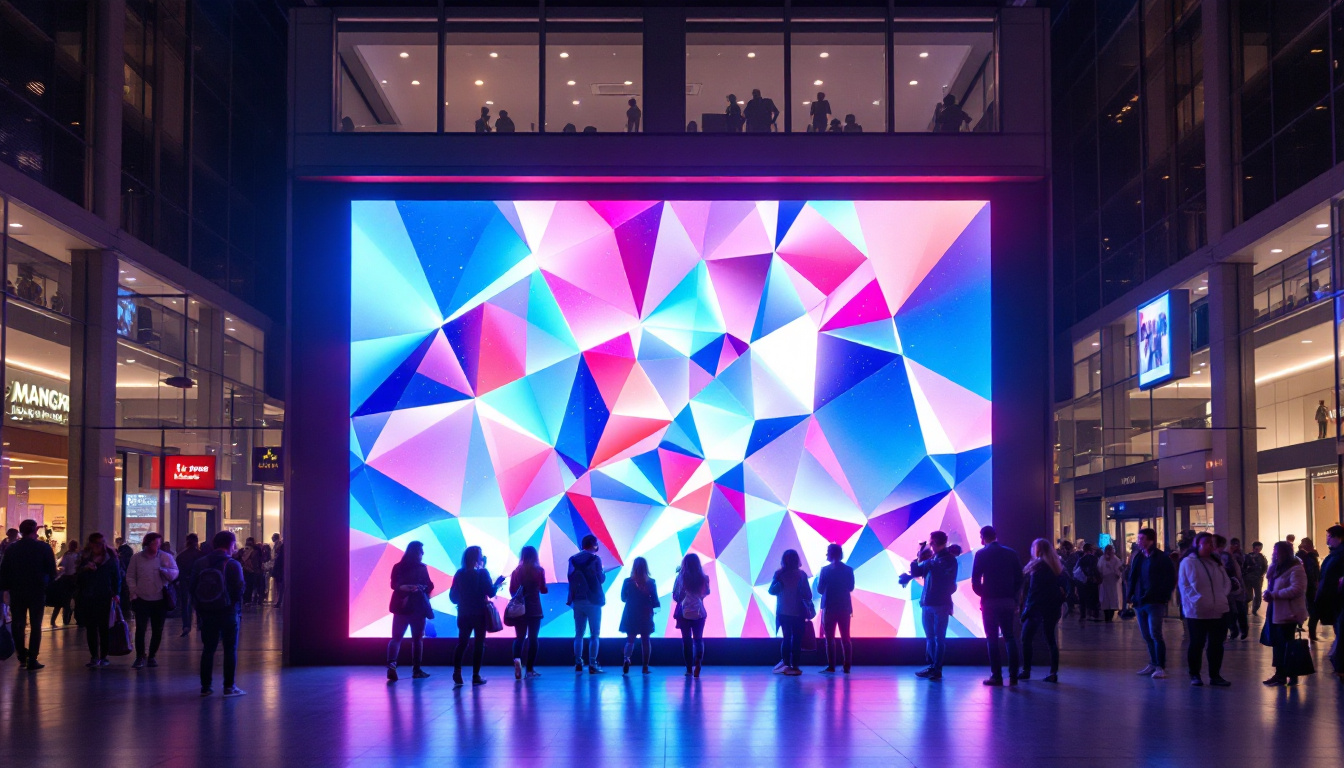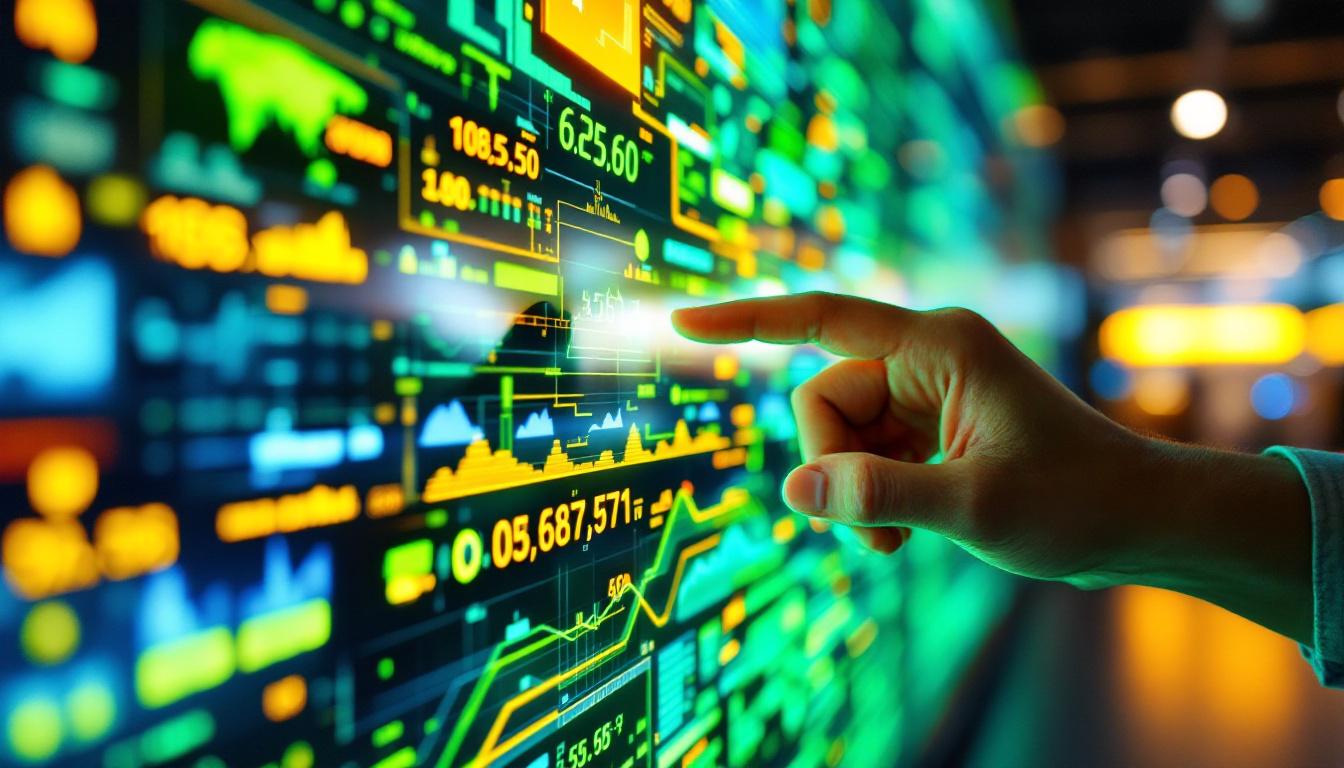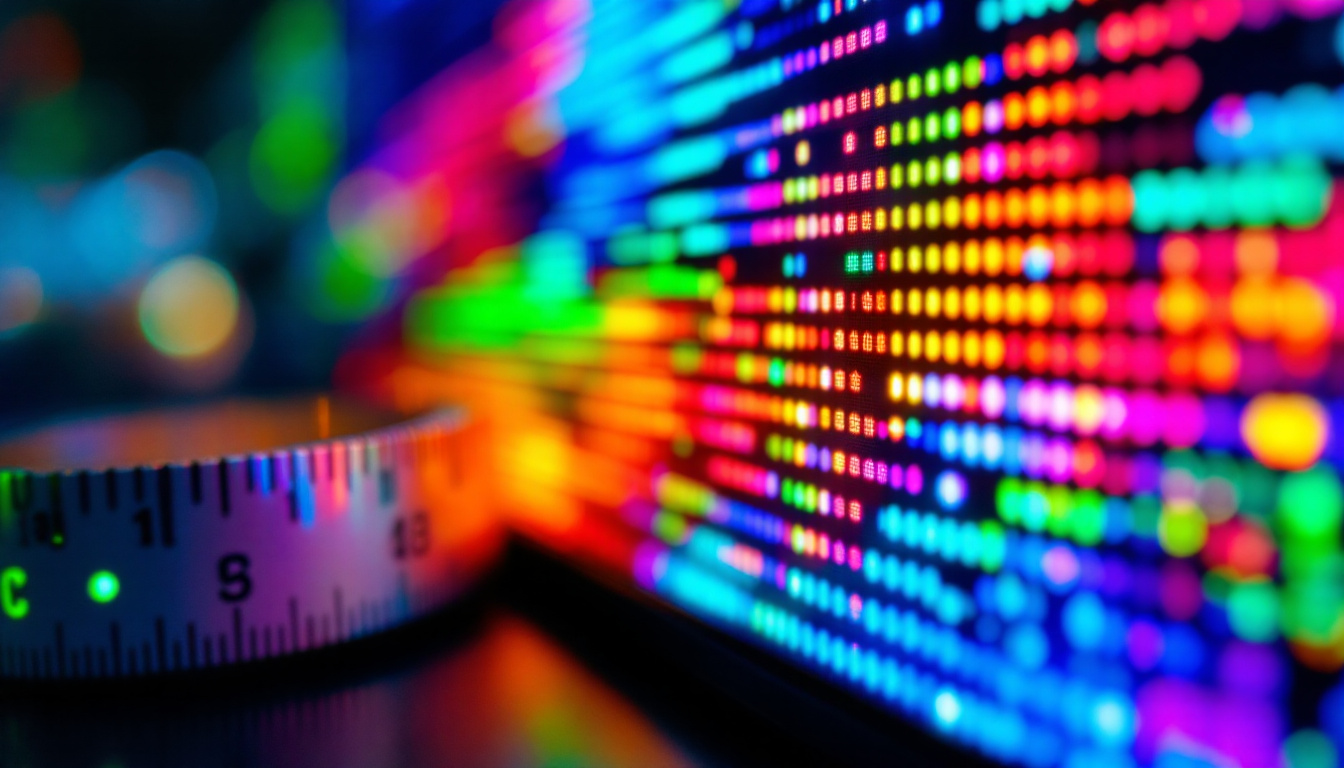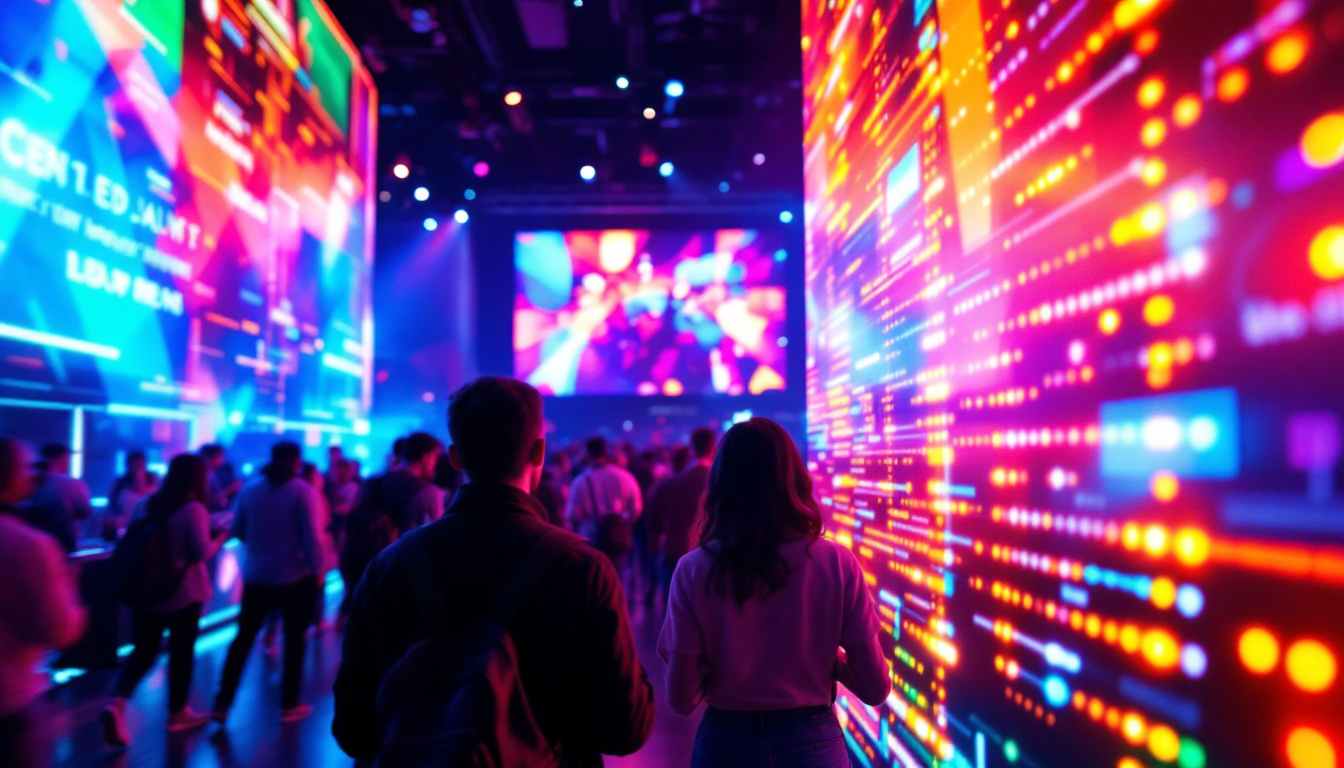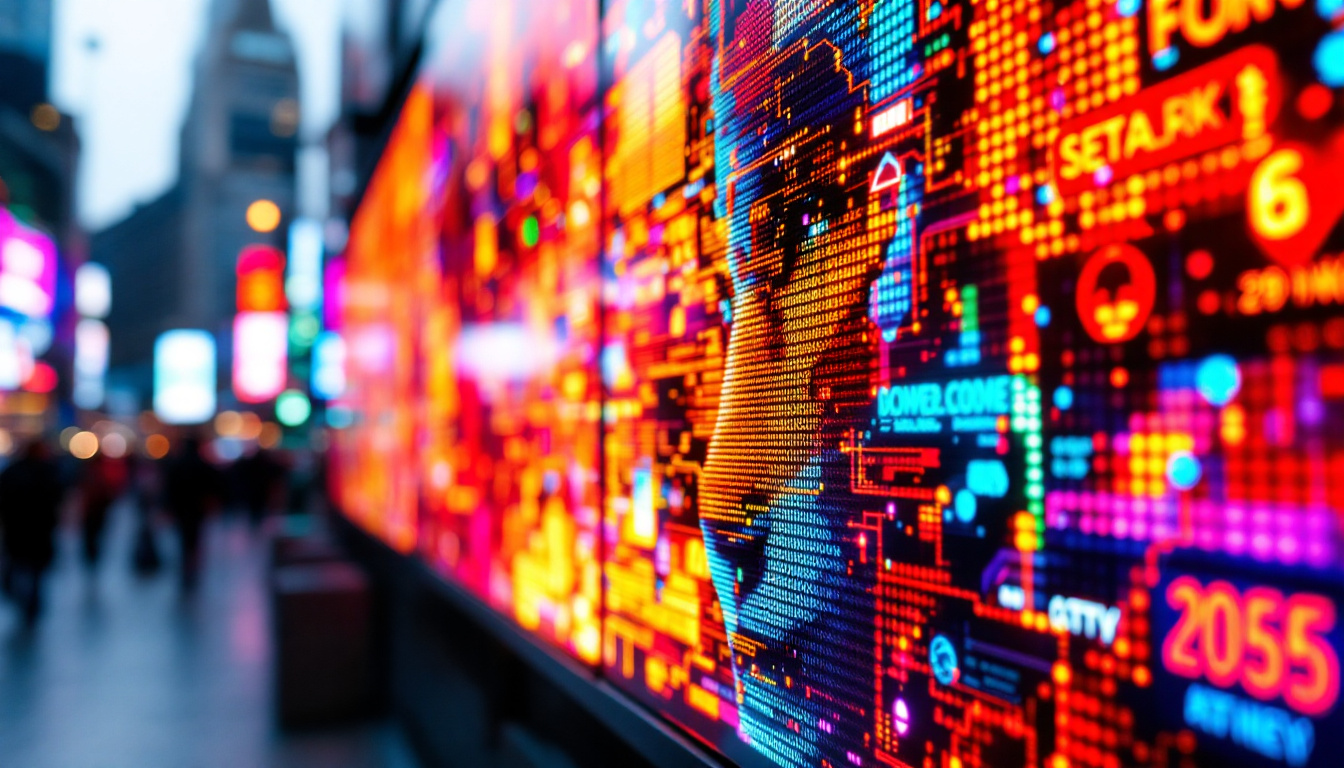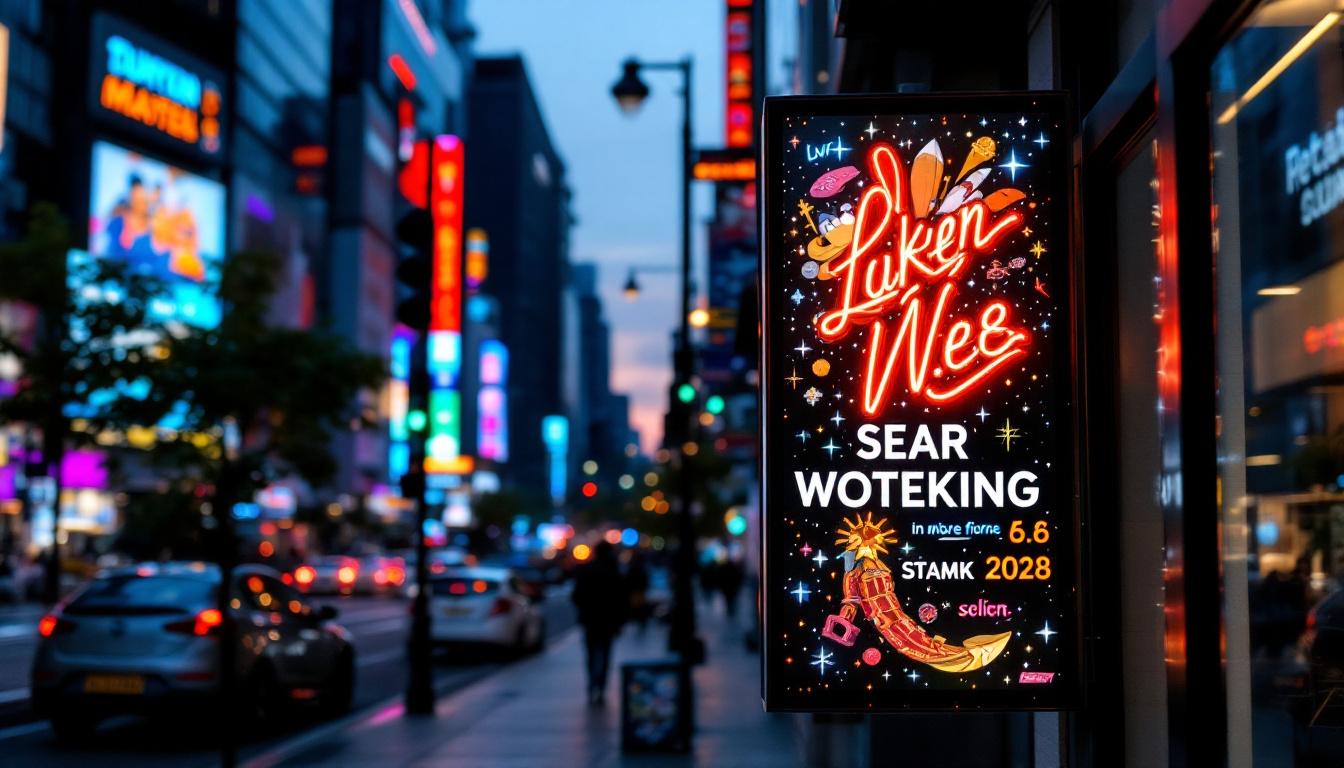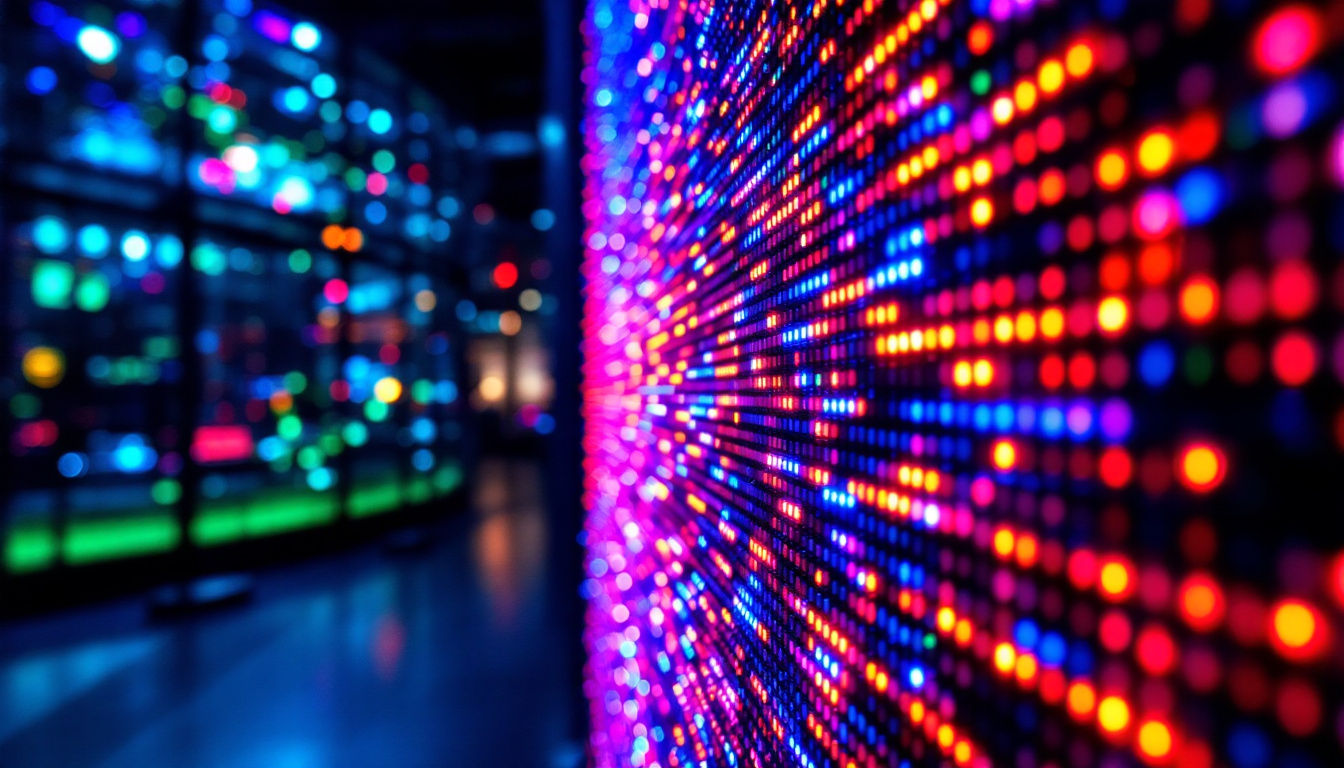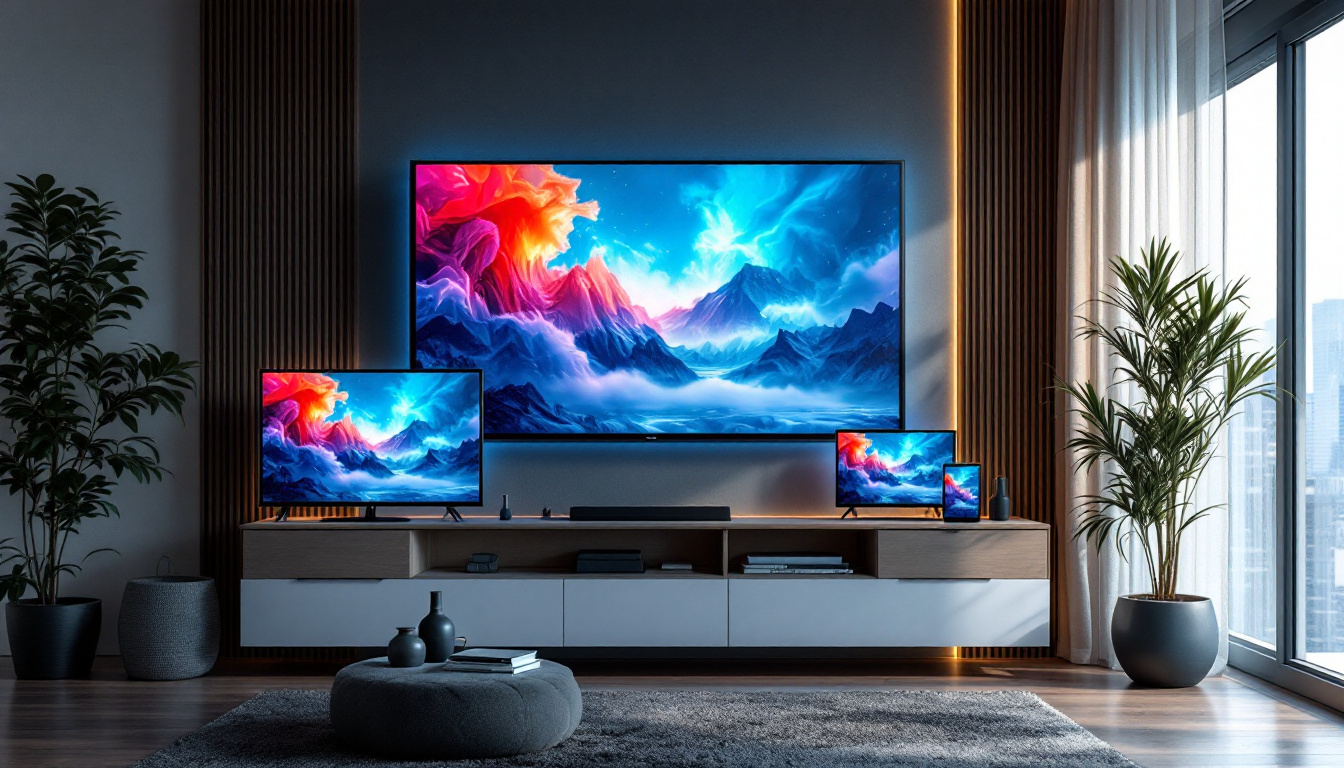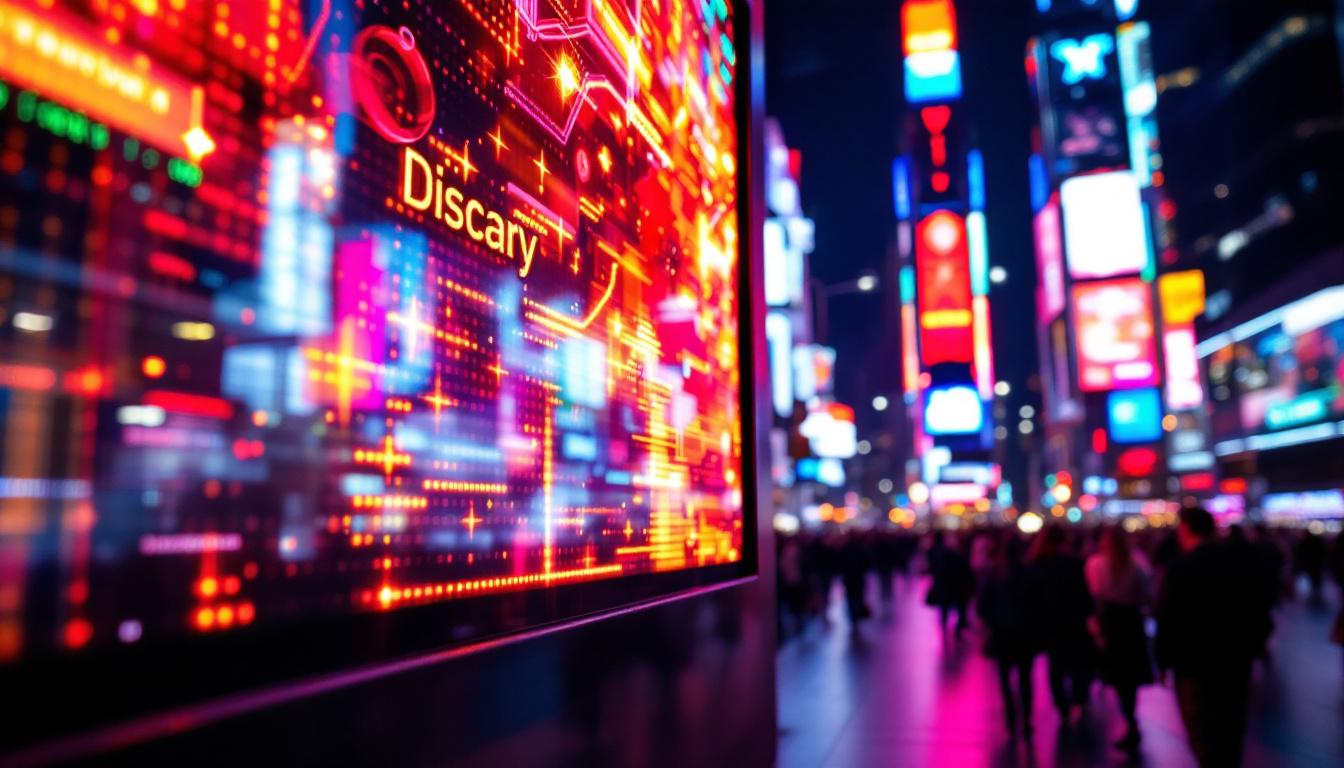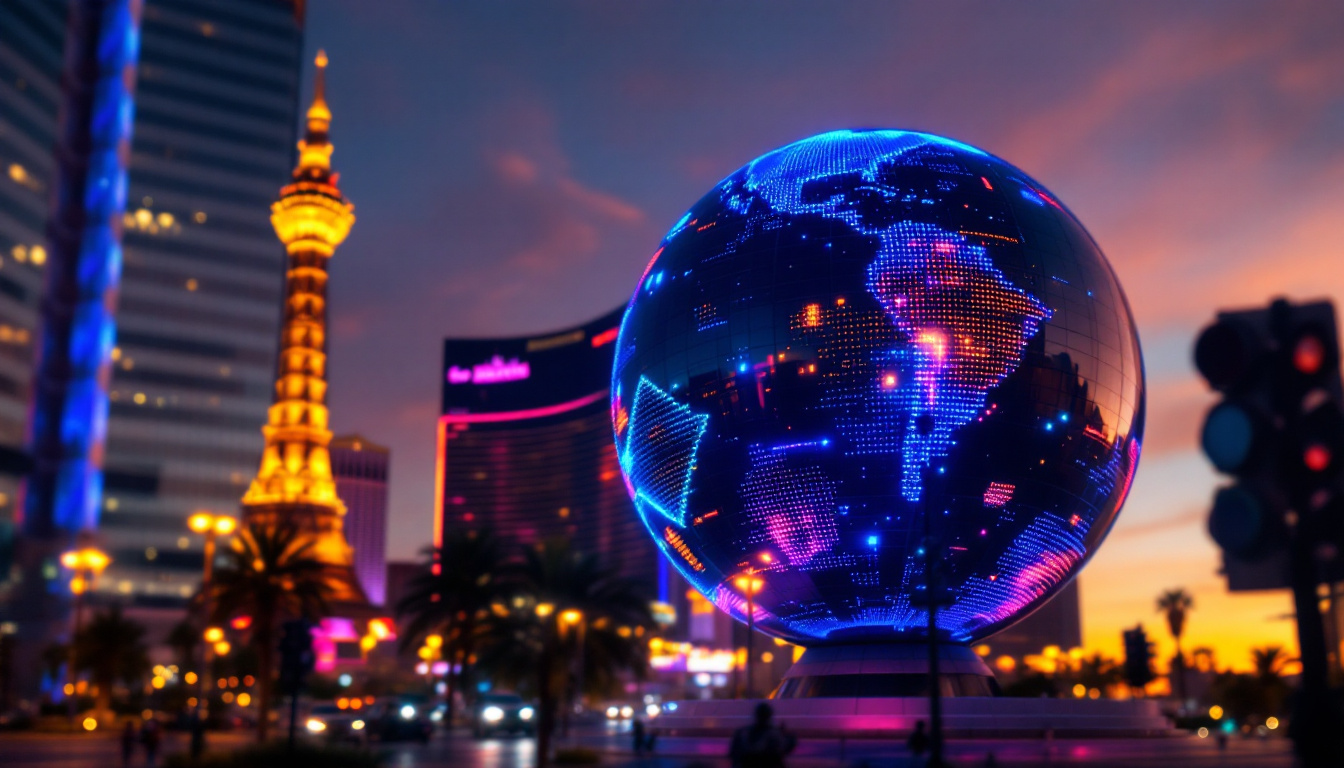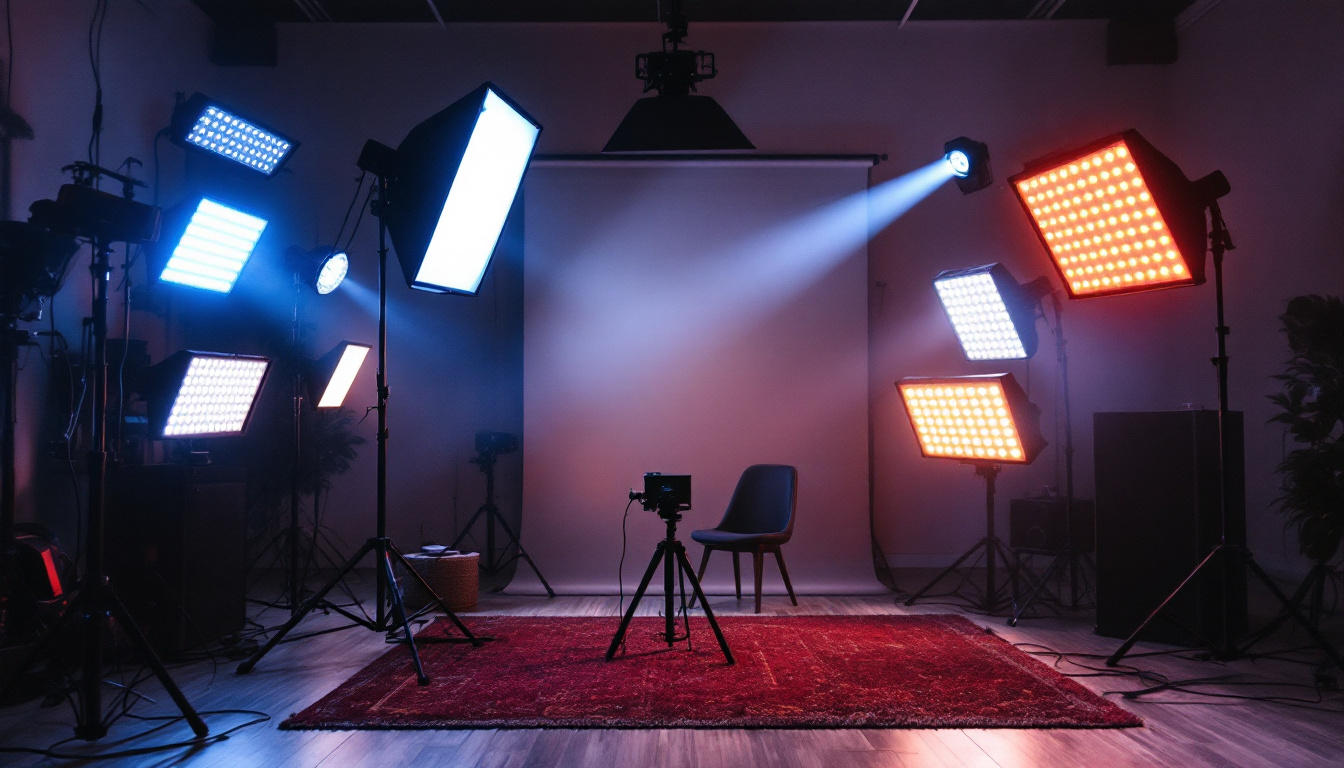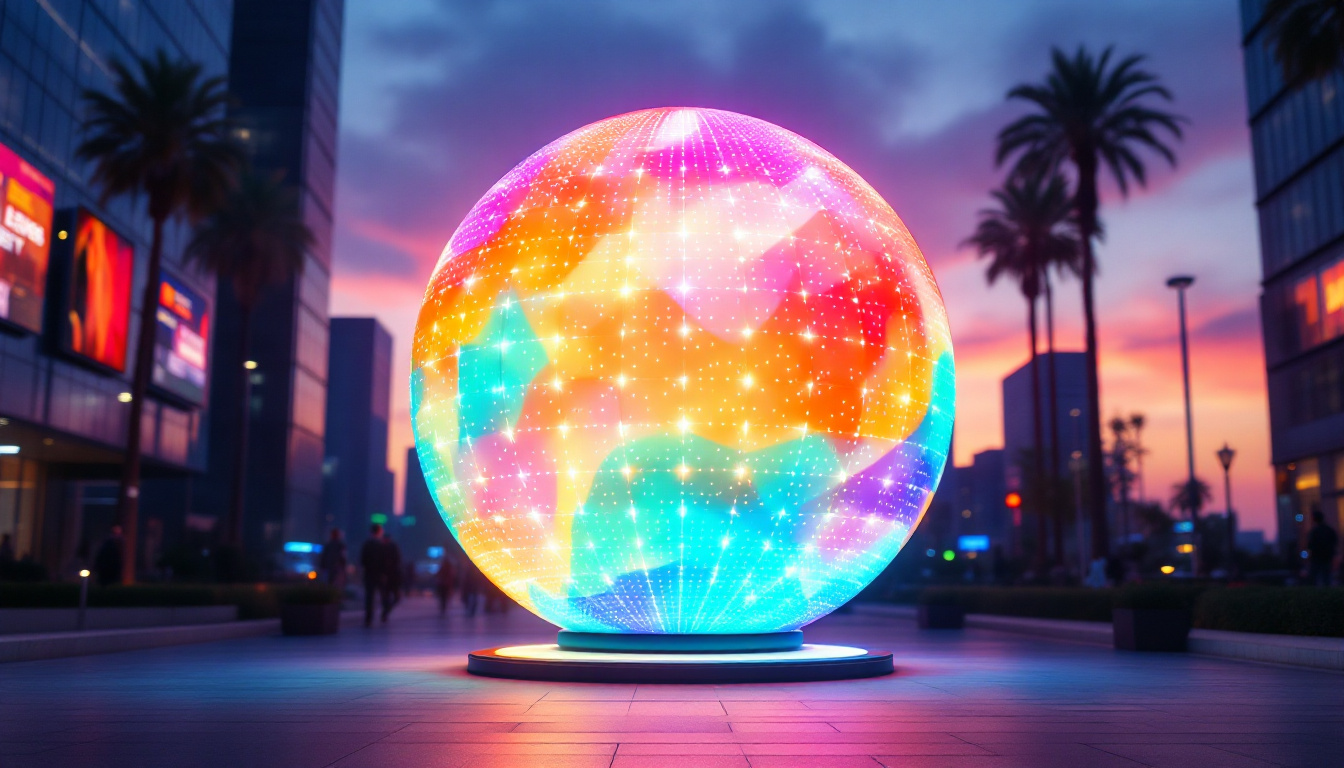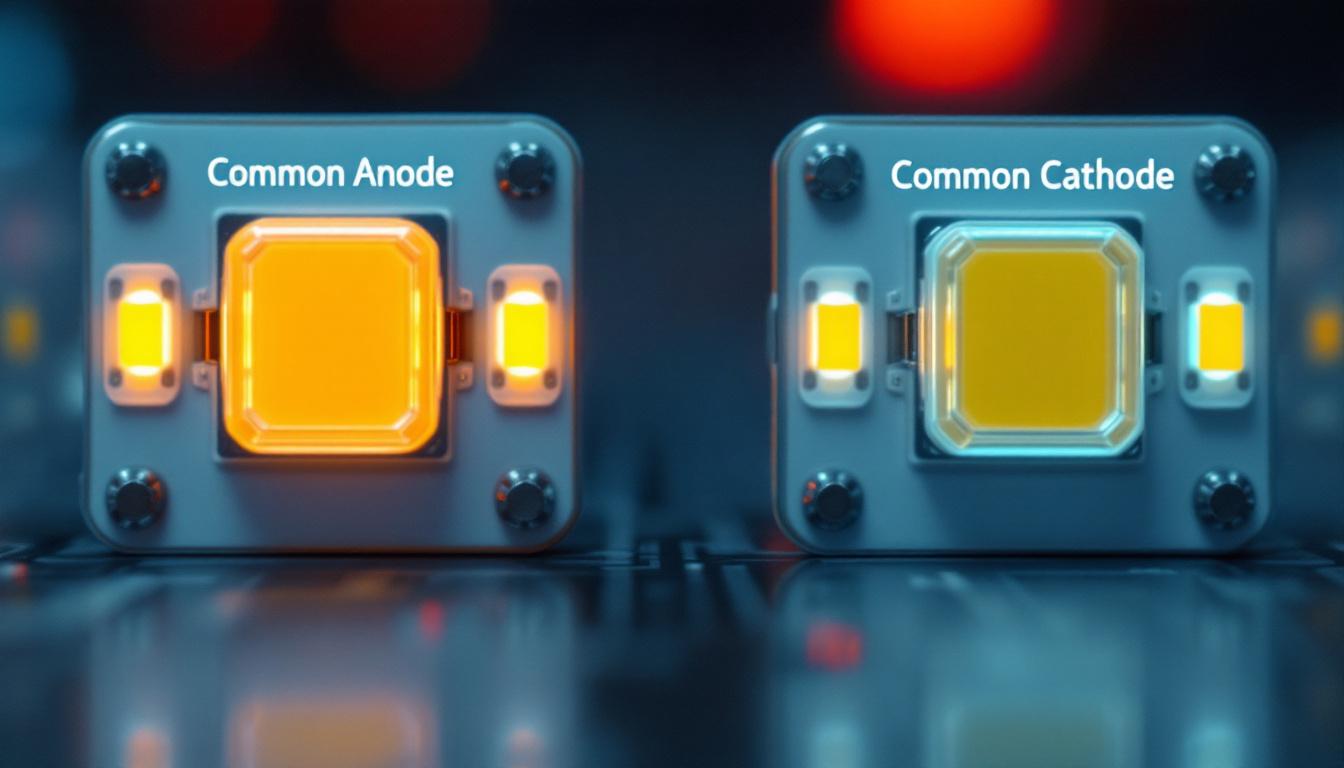In the ever-evolving landscape of marketing, digital screen advertising has emerged as a powerful tool for businesses to connect with their audiences. Among the various formats available, LED displays stand out for their vibrancy and versatility. This article delves into the intricacies of LED display technology, its advantages, applications, and future trends in digital advertising.
Understanding LED Display Technology
LED, or Light Emitting Diode, technology has revolutionized the way visual content is displayed. Unlike traditional signage, LED displays utilize a matrix of small light-emitting diodes to create bright, colorful images and videos. This technology allows for dynamic content that can be updated in real-time, making it an ideal choice for advertising. The ability to easily change messages and visuals means businesses can respond quickly to market trends or special promotions, enhancing customer engagement and driving sales.
How LED Displays Work
At the core of LED display technology are the individual diodes, which emit light when an electric current passes through them. These diodes are arranged in a grid, forming pixels that combine to create images. The brightness and color of each pixel can be controlled independently, allowing for a wide range of visual effects. This precision in control is what enables LED displays to produce vibrant colors and sharp images, even from a distance. Additionally, advancements in technology have led to the development of energy-efficient LEDs that consume less power while delivering superior performance, making them an environmentally friendly option.
LED displays come in various forms, including indoor and outdoor models. Outdoor displays are typically designed to withstand harsh weather conditions, featuring higher brightness levels to ensure visibility in direct sunlight. Indoor displays, on the other hand, may have higher resolutions for close-up viewing, making them suitable for retail environments and events. The versatility of LED technology means that it can be tailored to fit a wide range of applications, from stadiums and concert venues to corporate lobbies and shopping malls, enhancing the viewer’s experience in any setting.
Types of LED Displays
LED displays can be categorized into several types based on their application and technology. The most common types include:
- Direct View LED (DVLED): These displays consist of individual LED modules that can be assembled into large screens. They are often used for large-scale advertising and events.
- LED Video Walls: Composed of multiple LED panels, video walls create a seamless large display ideal for broadcasting content in public spaces.
- Transparent LED Displays: These innovative displays allow light to pass through, making them perfect for window displays without obstructing visibility.
In addition to these common types, there are also specialized LED displays designed for specific uses. For instance, flexible LED displays can be bent and shaped to fit unique architectural designs, providing creative solutions for artistic installations and immersive environments. Furthermore, high-definition LED displays are gaining traction in the entertainment industry, offering stunning visuals that captivate audiences in theaters and concert halls. As technology continues to evolve, the possibilities for LED displays are expanding, paving the way for even more innovative applications in the future.
The Advantages of LED Displays in Advertising
LED displays offer numerous advantages that make them a preferred choice for advertisers looking to capture attention and engage audiences effectively.
High Visibility and Impact
One of the most significant benefits of LED displays is their brightness. Unlike traditional signage, LED screens can produce vivid colors and high contrast, ensuring that advertisements stand out even in bright daylight. This visibility is crucial in crowded urban environments where competition for attention is fierce.
Moreover, the dynamic nature of LED displays allows for video content, animations, and real-time updates, which can significantly enhance the message’s impact. Advertisers can create engaging narratives that resonate with viewers, making it easier to convey complex information quickly.
In addition to their brightness, LED displays can also be strategically placed in high-traffic areas to maximize exposure. For example, placing an LED screen at a busy intersection or outside a popular venue can capture the attention of thousands of passersby daily. This strategic placement, combined with the ability to showcase multiple advertisements in a rotating format, means that advertisers can reach diverse audiences effectively and efficiently.
Cost-Effectiveness and Flexibility
While the initial investment in LED technology can be higher than traditional signage, the long-term benefits often outweigh the costs. LED displays have a longer lifespan and lower maintenance costs, making them a cost-effective solution over time. Additionally, the ability to change content remotely means advertisers can adapt their messages quickly without the need for physical replacements.
This flexibility is particularly advantageous for businesses that need to update their promotions frequently or respond to real-time events. For instance, a restaurant can change its menu items or specials instantly, ensuring that the information displayed is always relevant.
Furthermore, LED displays can be integrated with social media feeds and other digital platforms, allowing businesses to engage with their audience in real-time. By displaying user-generated content or live updates from social media, brands can create a sense of community and interaction, which can enhance customer loyalty and drive foot traffic. This integration not only makes the advertising more dynamic but also fosters a two-way communication channel that traditional signage simply cannot offer.
Applications of LED Displays in Digital Advertising
LED displays have found applications across various sectors, transforming the way businesses communicate with their customers. Here are some notable examples:
Retail Advertising
In the retail sector, LED displays serve as powerful tools for attracting customers and promoting products. Retailers use these screens to showcase new arrivals, sales, and seasonal promotions. The eye-catching visuals can draw foot traffic into stores, significantly impacting sales.
Furthermore, LED displays can enhance the in-store experience. Interactive screens allow customers to browse products, view videos, or even participate in promotions, creating an engaging shopping environment that encourages purchases.
Event Marketing
Events such as concerts, trade shows, and sports competitions often utilize LED displays to enhance the audience experience. Large screens can broadcast live feeds, highlight sponsors, and display event information, ensuring that attendees remain informed and engaged.
Moreover, LED displays can be used for immersive experiences, such as augmented reality installations, where the technology blends digital content with the physical environment. This creates memorable experiences that resonate with audiences long after the event concludes.
Transportation Hubs
Airports, train stations, and bus terminals have increasingly adopted LED displays for advertising and information dissemination. These high-traffic areas are ideal for capturing the attention of travelers, who are often waiting or passing time.
LED displays in transportation hubs can provide real-time updates on schedules, weather, and news, while also serving as advertising platforms for local businesses and services. This dual functionality maximizes the value of the investment.
Challenges and Considerations
Despite their many advantages, LED displays also present certain challenges that advertisers must navigate. Understanding these challenges is essential for maximizing the effectiveness of digital screen advertising.
Initial Investment and Setup
The upfront costs associated with purchasing and installing LED displays can be significant. Businesses must carefully consider their budget and the expected return on investment before committing to this technology. Additionally, the installation process may require specialized expertise, adding to the initial costs.
However, many companies find that the long-term benefits, such as reduced maintenance costs and increased engagement, justify the initial investment. Conducting a thorough cost-benefit analysis can help businesses make informed decisions.
Content Management and Strategy
Creating compelling content for LED displays is crucial for success. Advertisers must develop a content strategy that aligns with their brand message and resonates with their target audience. This includes determining the right mix of static and dynamic content and ensuring that updates are timely and relevant.
Moreover, effective content management systems are necessary to facilitate the scheduling and updating of advertisements. Businesses must invest in the right technology to ensure that their displays operate smoothly and efficiently.
The Future of LED Display Advertising
The future of LED display advertising looks promising, with advancements in technology and changing consumer behaviors shaping the landscape. Several trends are emerging that could further enhance the effectiveness of LED displays in advertising.
Integration with Smart Technology
As smart technology becomes more prevalent, LED displays are increasingly being integrated with data analytics and artificial intelligence. This allows advertisers to tailor their messages based on real-time data, such as audience demographics and behavior.
For instance, a retail store could use facial recognition technology to analyze the age and gender of customers, adjusting its advertisements accordingly. This level of personalization can significantly enhance engagement and conversion rates.
Environmental Considerations
With growing awareness of environmental issues, businesses are seeking sustainable advertising solutions. LED displays are inherently more energy-efficient than traditional lighting, making them a greener choice. Additionally, advancements in recycling and responsible disposal of electronic components are becoming more prevalent.
As sustainability becomes a priority for consumers, adopting eco-friendly advertising practices can enhance brand reputation and attract environmentally conscious customers.
Augmented and Virtual Reality
The integration of augmented reality (AR) and virtual reality (VR) with LED displays is another exciting trend. These technologies can create immersive experiences that captivate audiences and foster deeper connections with brands.
For example, a car dealership could use AR on an LED display to allow potential customers to visualize vehicles in different colors and configurations. Such interactive experiences can significantly enhance customer engagement and drive sales.
Conclusion
Digital screen advertising through LED displays has transformed the marketing landscape, offering businesses innovative ways to connect with their audiences. The technology’s high visibility, flexibility, and dynamic content capabilities make it an invaluable asset for advertisers across various sectors.
While challenges exist, understanding the technology and developing effective strategies can lead to successful advertising campaigns. As advancements continue to shape the future of LED display advertising, businesses that embrace these changes will be well-positioned to thrive in an increasingly competitive market.
In summary, LED displays represent not just a trend but a fundamental shift in how brands communicate with consumers. By leveraging the power of this technology, businesses can create impactful advertising experiences that resonate with their audiences and drive measurable results.
Discover LumenMatrix’s Innovative LED Display Solutions
Ready to elevate your brand’s visual impact and captivate your audience with dynamic, high-resolution advertising? Look no further than LumenMatrix, a pioneer in LED display technology. From the bustling streets to the heart of your business, our comprehensive range of LED display solutions, including Indoor and Outdoor LED Wall Displays, Vehicle LED Displays, LED Poster Displays, and more, are designed to revolutionize your visual communication. Embrace the future of digital screen advertising and check out LumenMatrix LED Display Solutions today to create unforgettable visual experiences that resonate with your audience.

